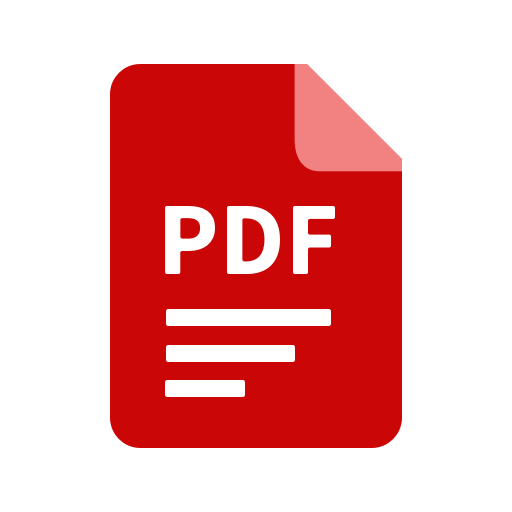Is work life balance still deemed as a misnomer in the culture of productivity or pandemic has changed this thought process?
RR Definition of work life balance is undergone a major change during pandemic.
In the age of connectivity availability 24 by 7 had already started seeping in the work world. But at the same time there was always a way of taking a break when you were not present in the physical office. With covid, concept of physical offices completely went off the window. It was connectivity via email and chats which was replaced by physical office. So, the concept of going off the work got completely changed as you could connect from anywhere and everywhere. With blurring of boundary between work and life, in working from home balance got squeezed completely. Managers felt that employees are available, and they should work continue working at any point even beyond working hours or over the weekend. This started increasing productivity but at the same time increase the burn out which will have long term repercussions on employee wellbeing and retention.
How do you underline the importance of work-life balance in present pandemic period?
RR Even though we have saved lot of travel time but as humans we still have other needs, and we need to compartmentalise our life. Biggest challenge which pandemic posed us was being always available which started blurring the boundary between work and personal space. This led to lot of nose and clutter in the brain. You can rejuvenate if you have opportunity to declutter and that can happen only if you space or a pause. Earlier moving away from physical office was kind of pause which went away completely in virtual offices. Managers started expecting response 24×7. This started creating over clutter and hence the stress levels of employees started increasing. Work life balance had to be created by setting the new norms of virtual working. Managers had to be sensitized about the personal space which employees needed and learning the rules of virtual working.
Organisations need to build compassion in their way of working. Ground rules need to be set for the remote way of working. Organisations must create awareness sessions so help managers understand their role in this new way of working.
What new challenges have been posed by pandemic induced Remote working or WFH as it has become living at work?
RR There are three types of challenges posed by Pandemic induced work from Home.
First one is related to defining the new way of working which organisations were not used as way of working. This new way of working bought a big change in the way we manage people. Initially, it was very challenging for managers to accept that employees can still deliver when they are away from sight. Control and micromanagement styles became detriments as in remote working this only added to the frustration of employees. Acceptance of mangers to empower employees for better way of working was a very positive change which had to be adapted. Faster adaption bought faster results to employees as well as to the organisations.
Second challenge was the stress and anxiety which was bought by pressure of being alone felt by employees while delivering theirs tasks. Alienation started seeping in, more so in the new Joiners as they had no connection with their colleagues as face time while working in office, they never had felt the camaraderie of the physical world. This alienation had impact not only on the mental health of the employees but on their productivity as well.
Third challenge was posed by homes becoming new working spaces more so in India where people could be living in joint families, may have kids and spouse who equally need space. To operate from home led to different type of stress and challenge for employees. Key challenge faced by employees was how do you accommodate each other’s needs and still get your space at home to operate smoothly?

























